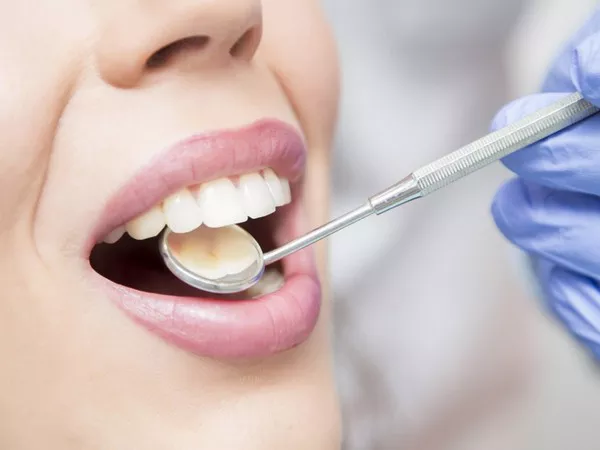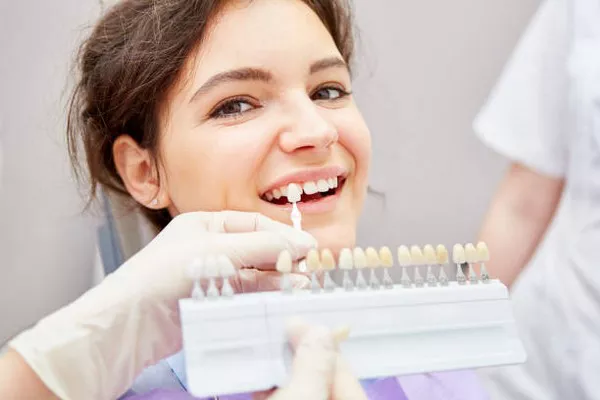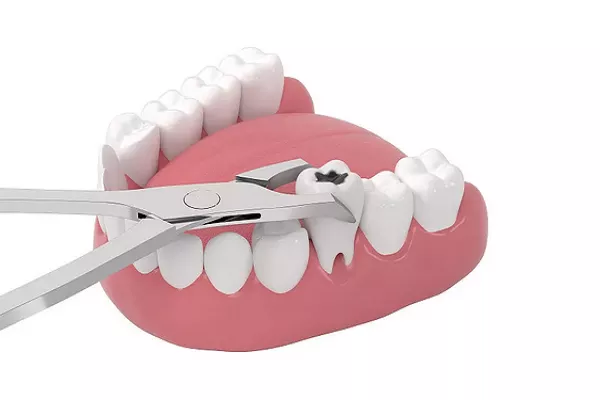Introduction
British teeth have long been the subject of global stereotypes, often portrayed as yellowed and crooked in media and jokes. However, behind these cultural perceptions lie multifaceted factors ranging from historical diet and lifestyle to modern dental practices and genetic predispositions. In this article, we delve into the reasons behind the perception of yellow teeth in Britain, exploring dental health versus aesthetics, historical influences, modern practices, and scientific perspectives on tooth color. Additionally, we discuss preventive measures and treatments available for maintaining dental health and achieving desired aesthetics.
Cultural Perceptions
The stereotype of British teeth being yellow is deeply ingrained in popular culture and media representations. From comedic sketches to caricatures, this portrayal has permeated international perceptions of British dental aesthetics. Interestingly, this stereotype contrasts sharply with the image of gleaming white teeth often associated with countries like the United States. Such cultural perceptions not only reflect societal attitudes towards dental aesthetics but also influence individual self-image and confidence.
Dental Health vs. Aesthetics
It is crucial to differentiate between dental health and aesthetic preferences when discussing tooth color. Dental health encompasses factors such as decay, gum disease, and overall oral hygiene, whereas aesthetics refer to tooth color, alignment, and appearance. Yellow teeth do not necessarily indicate poor dental health; rather, they may result from genetic factors, dietary choices, or lifestyle habits. Understanding this distinction is essential for promoting comprehensive dental care that addresses both health and aesthetics.
Historical Diet and Lifestyle
Historical diet and lifestyle in Britain have played significant roles in shaping dental health and tooth color. Traditional British diets were often rich in sugars and carbohydrates, which can contribute to tooth decay and discoloration. Additionally, historical practices such as pipe smoking and lack of access to modern dental hygiene tools may have exacerbated dental issues. Research on ancient British teeth provides valuable insights into historical dental health and helps contextualize contemporary challenges.
Modern Dental Practices
Modern dental practices in Britain have evolved significantly, emphasizing preventive care and education alongside treatment. Regular dental check-ups, brushing with fluoride toothpaste, and flossing are recommended for maintaining optimal oral health. However, access to dental care remains a concern for some segments of the population, highlighting disparities in healthcare access. Despite these challenges, statistics on dental visits and health outcomes in Britain compare favorably to other nations, indicating the effectiveness of public health initiatives and dental care services.
Teeth Whitening Trends
In recent years, there has been a global surge in teeth whitening trends, fueled in part by American ideals of the “Hollywood smile.” While some individuals seek professional whitening treatments to achieve a bright, uniform smile, others prefer a more natural look. In Britain, there is a notable preference for subtle enhancements rather than dramatic transformations, reflecting cultural attitudes towards authenticity and individuality. However, the influence of global trends continues to shape perceptions of dental aesthetics.
Genetic Factors
Genetics play a significant role in determining tooth color and structure. Variations in enamel thickness and mineralization can affect the appearance of teeth, with some individuals naturally predisposed to yellower hues. Additionally, genetic conditions such as amelogenesis imperfecta can impact enamel formation, leading to discoloration and other dental anomalies. Understanding the interplay between genetics and environmental factors is essential for addressing individual dental needs and preferences.
Dental Care Access and Priorities
Access to dental care in Britain is facilitated through a combination of public and private healthcare systems. While basic dental services are provided through the National Health Service (NHS), cosmetic dentistry often falls under private care. Public health initiatives focus on promoting oral hygiene education, especially among vulnerable populations, to prevent dental issues before they arise. However, priorities may differ from countries where cosmetic dentistry is more prevalent, reflecting diverse cultural attitudes towards dental aesthetics.
Scientific Perspective
From a scientific standpoint, several factors can contribute to the appearance of yellow teeth. Enamel thinning, caused by wear and tear or acidic erosion, can expose the underlying dentin, which is naturally yellow in color. Certain foods and drinks, such as coffee, tea, and red wine, contain chromogens that can stain enamel over time. Smoking tobacco products can also lead to yellowing of teeth due to tar and nicotine deposits. Understanding these factors can inform preventive measures and treatment options for maintaining dental health and addressing aesthetic concerns.
Preventive Measures and Treatments
Maintaining healthy teeth and gums requires a combination of preventive measures and professional treatments. Regular brushing with fluoride toothpaste, flossing, and limiting consumption of staining substances can help prevent discoloration and decay. Professional dental cleanings and examinations are essential for detecting and addressing dental issues early on. For those seeking to whiten their teeth, options range from over-the-counter whitening toothpaste to professional treatments such as bleaching or veneers. Consulting with a dental professional can help determine the most suitable approach based on individual needs and preferences.
FAQs About Yellow Teeth
1. How do you get rid of yellow teeth in the UK?
There are several methods available to address yellow teeth in the UK. These include regular dental hygiene practices such as brushing with whitening toothpaste, flossing, and avoiding staining foods and drinks. Professional dental treatments like teeth whitening procedures performed by dentists can also effectively remove surface stains and lighten the overall color of teeth. Consulting with a dental professional is recommended to determine the most suitable treatment based on individual needs and preferences.
2. Is it attractive to have yellow teeth?
Perceptions of attractiveness vary among individuals and across cultures. While some may find white teeth more aesthetically pleasing, others may appreciate a natural smile regardless of tooth color. It’s essential to recognize that beauty is subjective, and factors such as confidence, personality, and overall oral hygiene often play a more significant role in attractiveness than tooth color alone.
3. Why are some people’s teeth naturally more yellow?
The natural color of teeth is influenced by various factors, including genetics, enamel thickness, and lifestyle habits. Some individuals may have naturally yellower teeth due to genetic predispositions, such as variations in enamel structure or mineralization. Additionally, lifestyle factors like diet, smoking, and certain medications can contribute to tooth discoloration over time. Understanding the underlying causes can help individuals address yellow teeth effectively through preventive measures and professional treatments.
4. Are yellow teeth a turn-off?
Attraction is subjective, and personal preferences vary widely. While some individuals may find yellow teeth unappealing, others may not consider tooth color a significant factor in attractiveness. Factors such as overall oral hygiene, confidence, and interpersonal connection often play more significant roles in romantic attraction and social interactions. It’s essential to prioritize dental health and hygiene while acknowledging that tooth color alone does not define an individual’s worth or attractiveness.






























